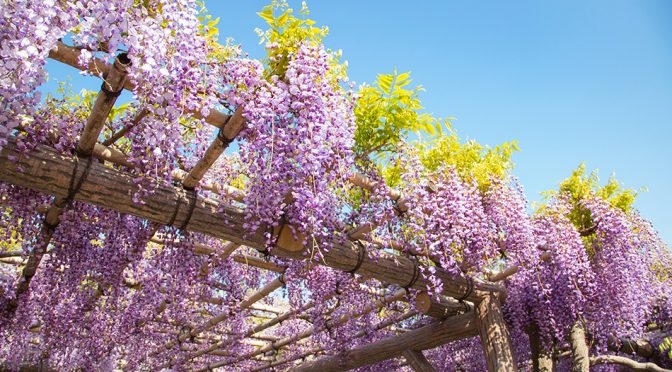Tag: japan
-

spring flowers of tokyo
—
by
Spring in Japan brings more than just cherry blossoms. Tokyo’s green spaces erupt into a rainbow of colorful spring flowers. Here are the best spots.Japan has a huge variety of flora and fauna. Cherry blossoms are world-famous, but that isn’t the only reason to go flower watching in spring. Colorful azaleas, wisteria vines and roses,…
-

Japanese food, what where and how
—
by
Japanese ingredients blessed with distinct seasons and an abundant harvest from the sea and mountains are very rich in variety. The key appeal of Tokyo’s culinary scenes is the availability of fresh and flavorful ingredients from all over Japan. In Tokyo, a city with a long history and rich culture, you can experience everything from…